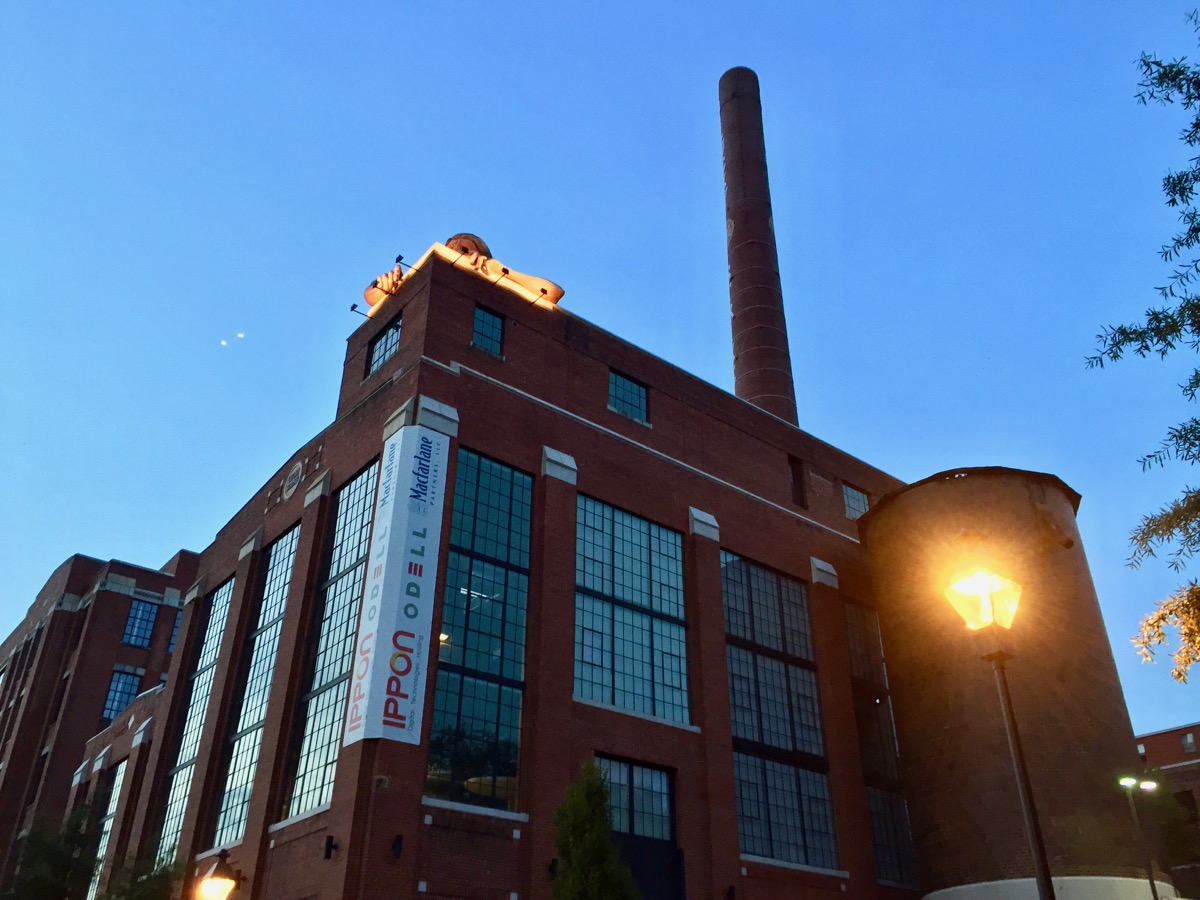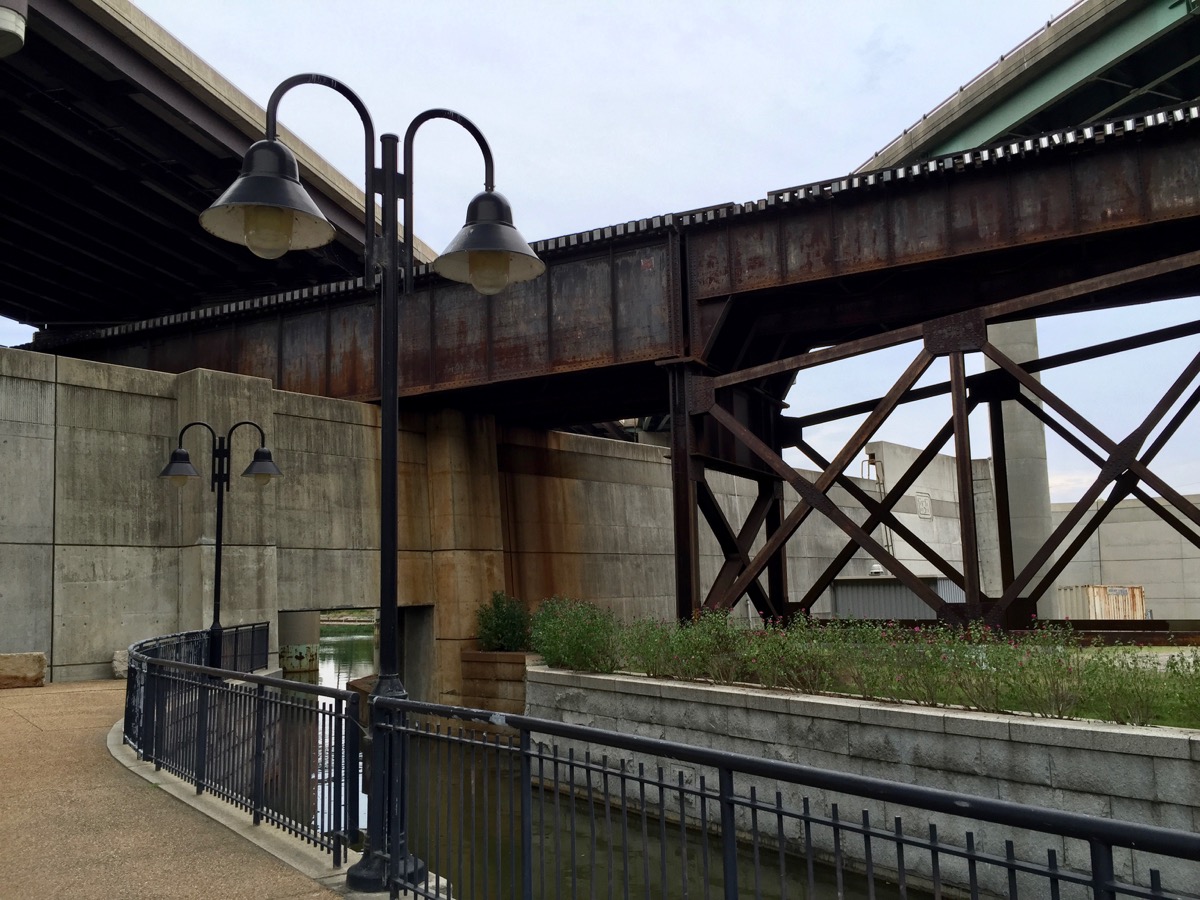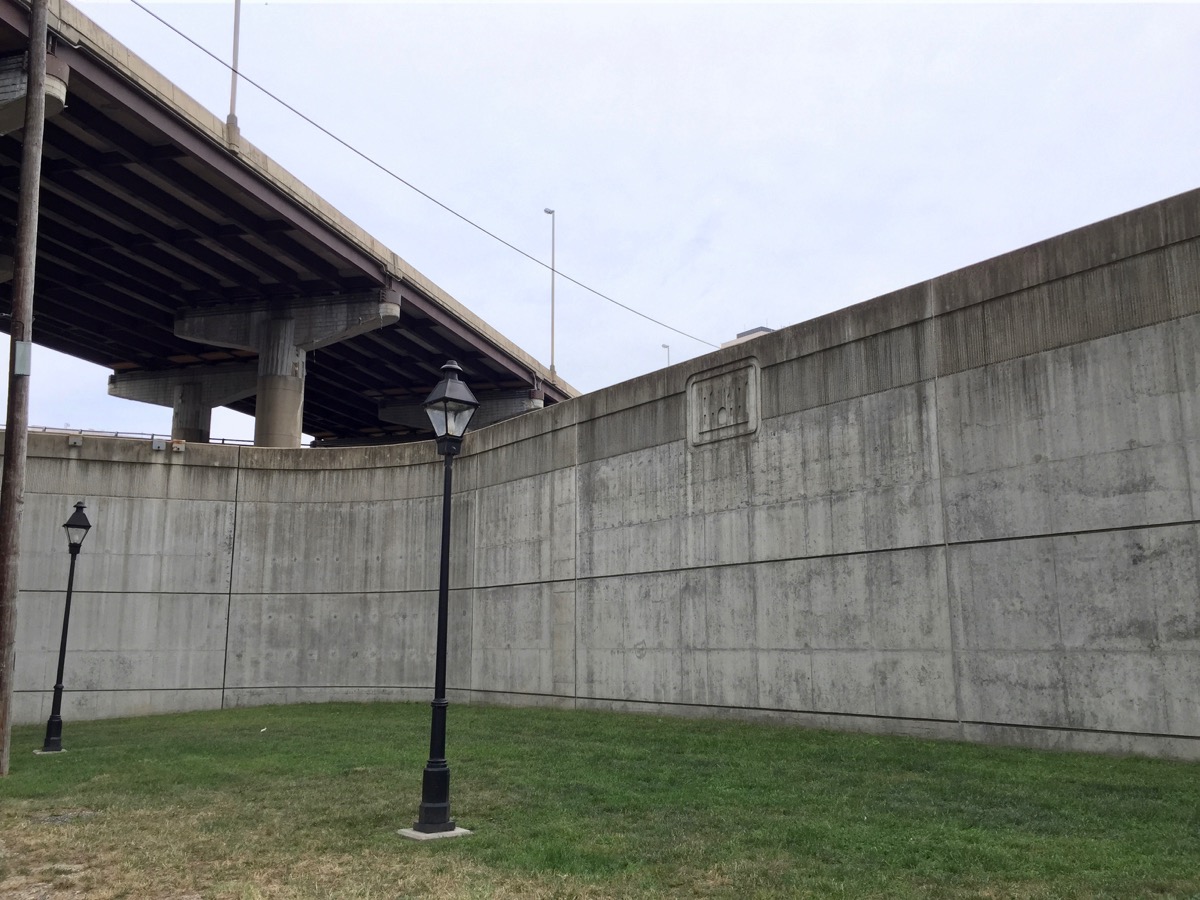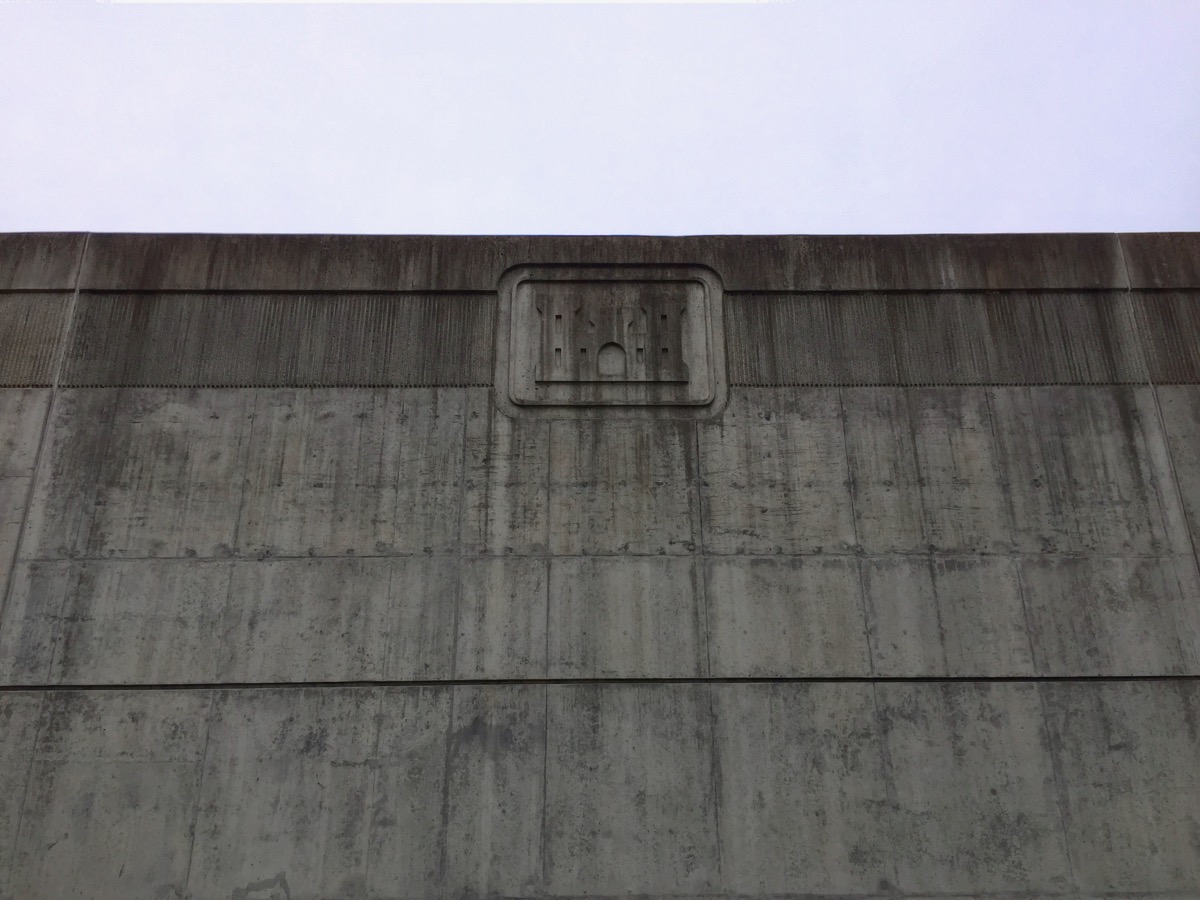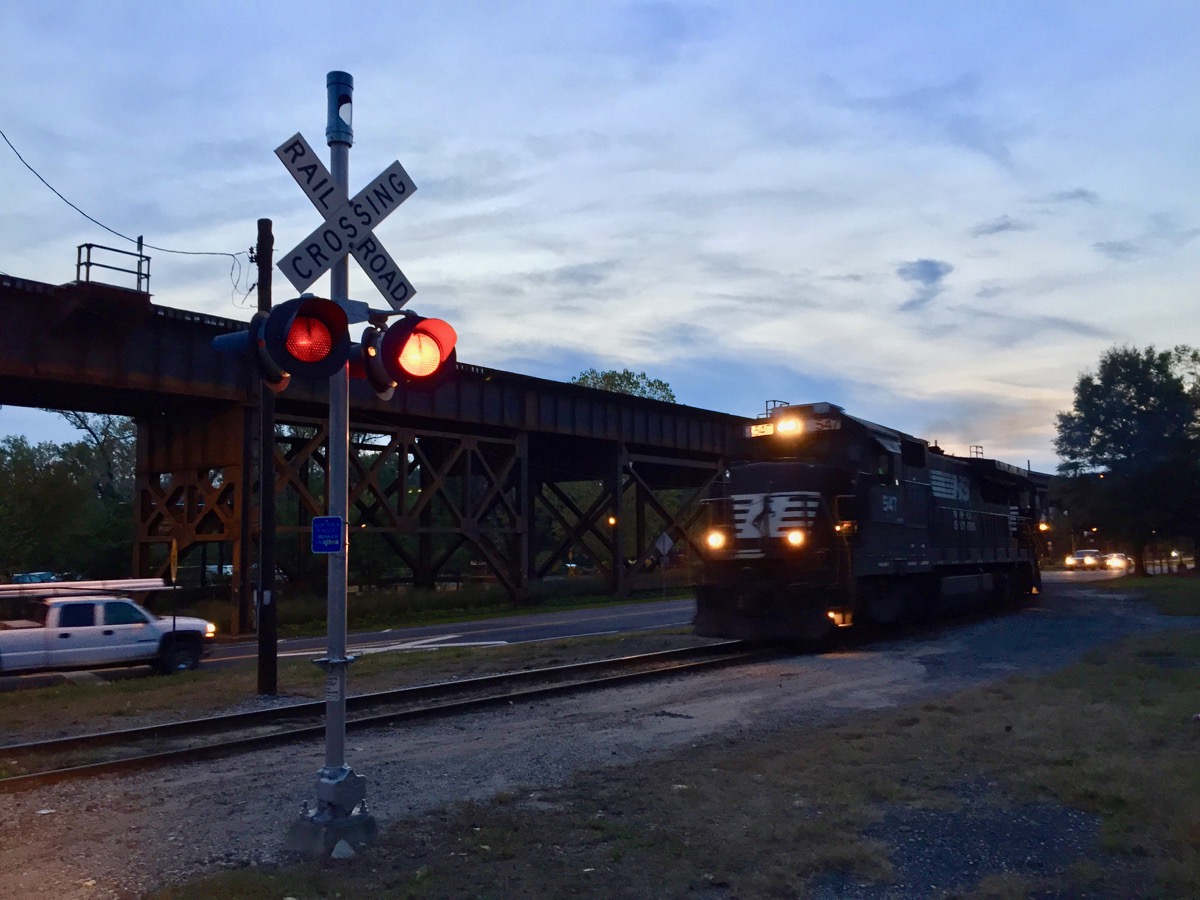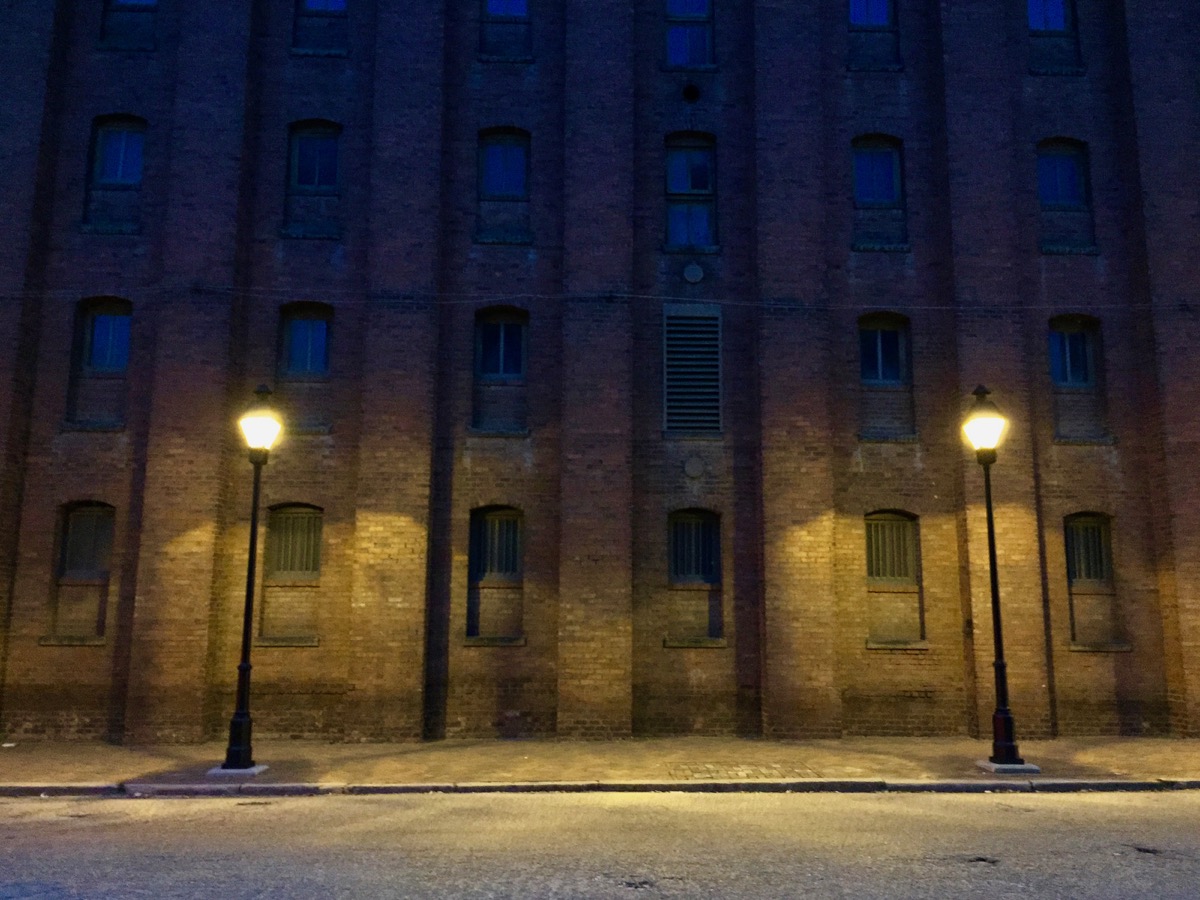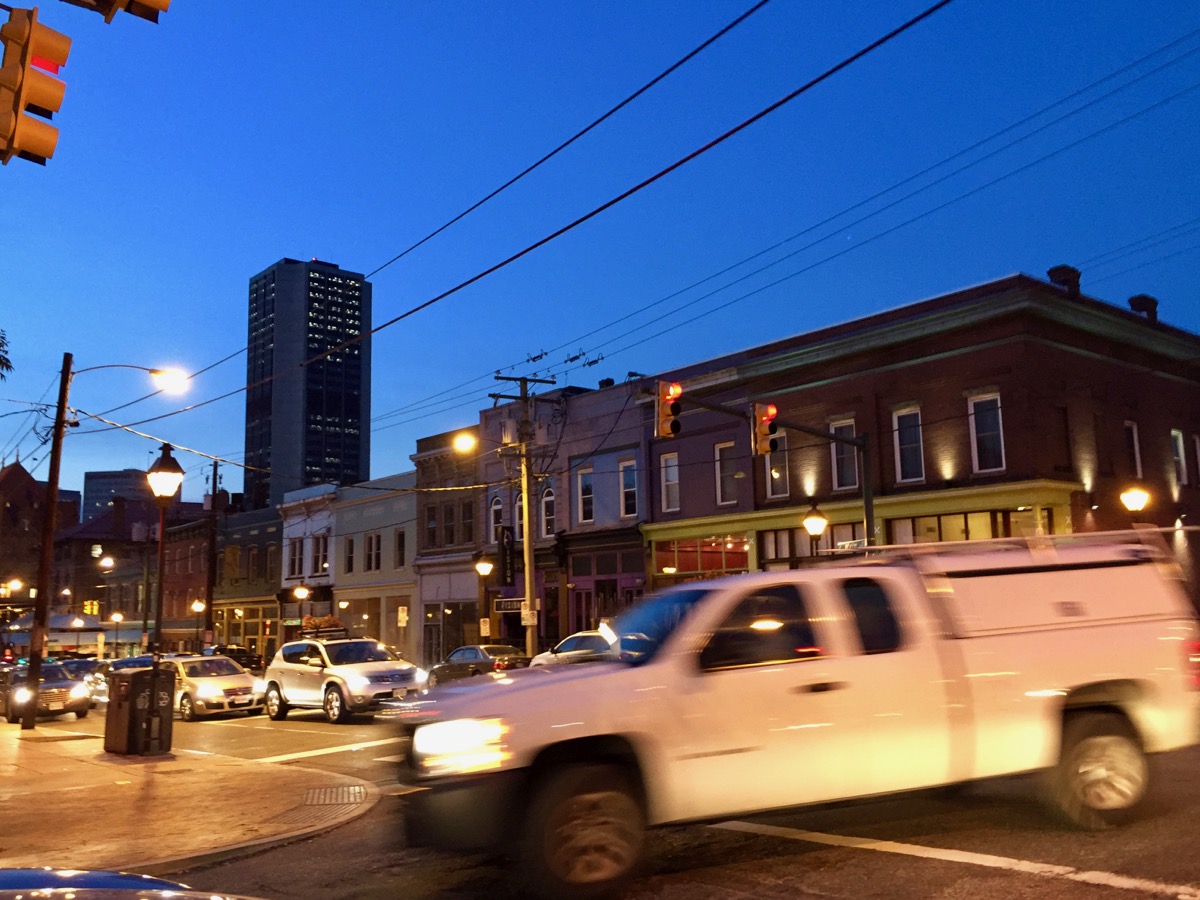View of Shockoe Bottom and downtown Richmond from Church Hill.
Shockoe Bottom is one of Richmond city’s oldest neighborhoods, as the street blocks and zonings remains largely identical to Colonel William Mayo's initial city plan of Richmond in 1737 . Shockoe Bottom locates between downtown Richmond and Church Hill, along the James River, creating a long slip riverside neighborhood. Today, the area is a bustling hub for city living, cuisine and nightlife.
A loft in Shockoe Bottom.
Historically, Shockoe Bottom was a main transportation hub for Richmond city. The traffics, combining with the location, have established the area as the city's industrial and commercial center. Shockoe Bottom began developing in the late 18th century following the move of the state capital to Richmond. Soon the neighborhood became the busy intersection of railways, river and canal traffics, and city roads, including the old Mayo’s bridge. This wagon and pedestrian bridge was a key feature contributing to the neighborhood's thriving. And today, its remaining piers are still sitting next to the modern 14 Street bridge, which can be observed from Browns Island city park. Shockoe bottom was the center of Richmond’s and southern America's tobacco industry, It also played a major role in slavery in the United States before the end of the Civil War. Profits from the slave trades fueled the creation of wealth for Southern whites and drove the economy in Richmond, leading 15th Street to be known as "Wall Street of the South" before the war.
Railway alongside the Shockoe slip.
The mixed intersection of highways and railways near Main Street Train Station.
However, the original Shockoe Bottom was completely destroyed on the eve of the fall of Richmond to the Union Army in April 1865. The evacuating Confederate forces set fire to the tobacco warehouses. The fire spread from Shockoe Bottom, eventually destroyed 25% of the whole Richmond city. Shockoe Bottom was quickly rebuilt after the war, forming much of its present historic building stock. It was still the center of tobacco industry and railway intersections, while its proximity to many downtown federal government buildings also added diversity to the business. Architecturally, many of the buildings constructed during the rebuilding period are a commercial variant of the Italianate style. Coming to 19th and early 20th century, Art Deco and Victorian style buildings were added. The tobacco industry was eventually abandoned in the 1960s, followed by the decades-long decline of this ares. Shockoe Bottom was revitalization in the 1980s, lead by the stationing of several art galleries—incluidng what would be today’s 1708 Gallery and Artspace.
Many historical tobacco warehouses and Art Deco style buildings are converted to lofts.
Today, the buildings in Shockoe Bottom are primarily restaurants, shops, offices, and apartments. A farmer’s market was also built in recent years. Shockoe Bottom is still part of the city’s recreational and creative area, being closed to Plant Zero—the current art center near downtown across James River. Some old unused tobacco warehouse still remains, reminding the passenger’s about the area’s and Richmond city’s history. Shockoe Bottom now has many high-end lofts, studios, and serviced apartments, making it a convenient and well-developed spot for urban living. This area also hosts several finest restaurants of the city, including the Boathouse at Rocketts Landing—featuring waterfront dinings and bars, as well as Havana ‘59, Bottoms Up Pizza, River City Diner, Station 2, and Millie’s Diner. A canal city park was added in the 1990s after the completion of the city's floor wall. In this highlighted area, people can walk around the old canals and admire the city's industrial and transportation complexes, especially the famous five-deck traffic intersection near the Main Street Train Station, This intersection has three railways and two highways, spreading inside and outside the massive concrete flood walls. The mix between old and new, colonial and industrial, massive and delicate, gives this area a unique architectural aesthetic. Shockoe Bottom is also close to Church Hill, another historical, well-maintained and charming neighbourhood, where one can observe the whole downtown Richmond city alongside with the unique miniature Statue of Liberty.
The floor wall that keeps Shockoe Bottom basin and Richmond downtown safe from Jame River's periodical flooding.







